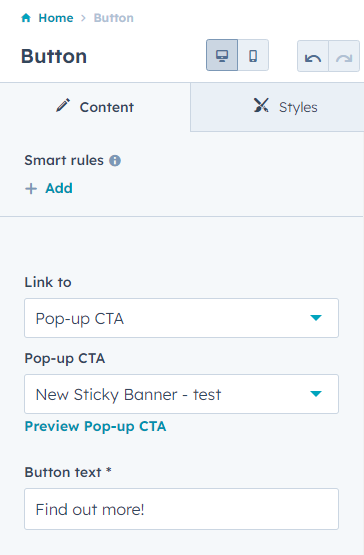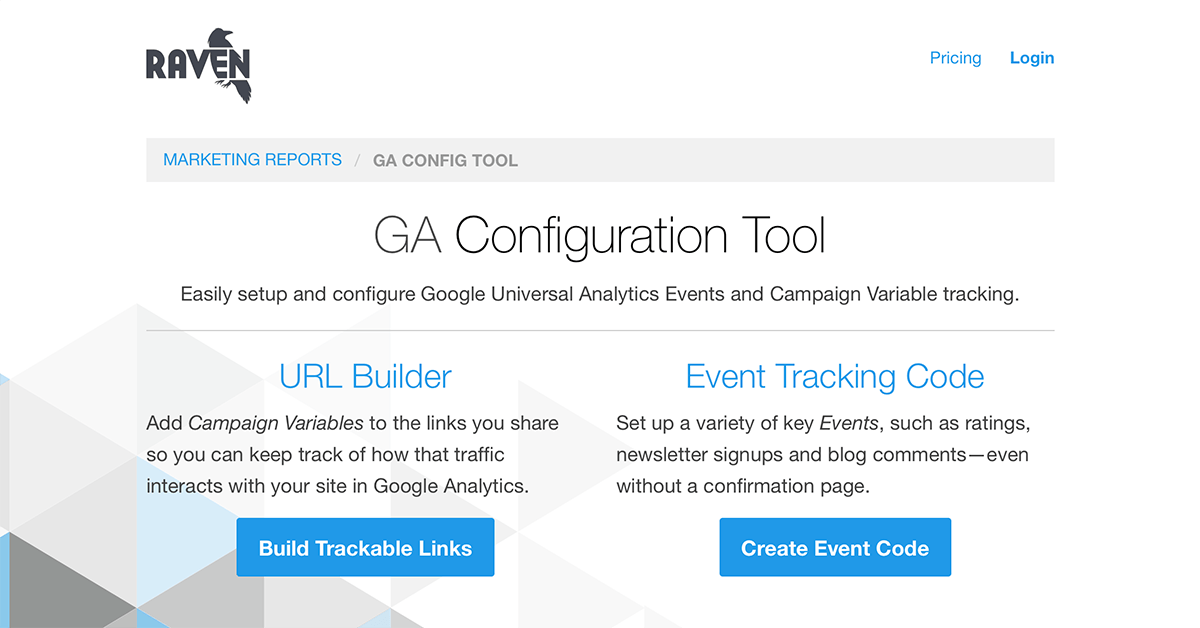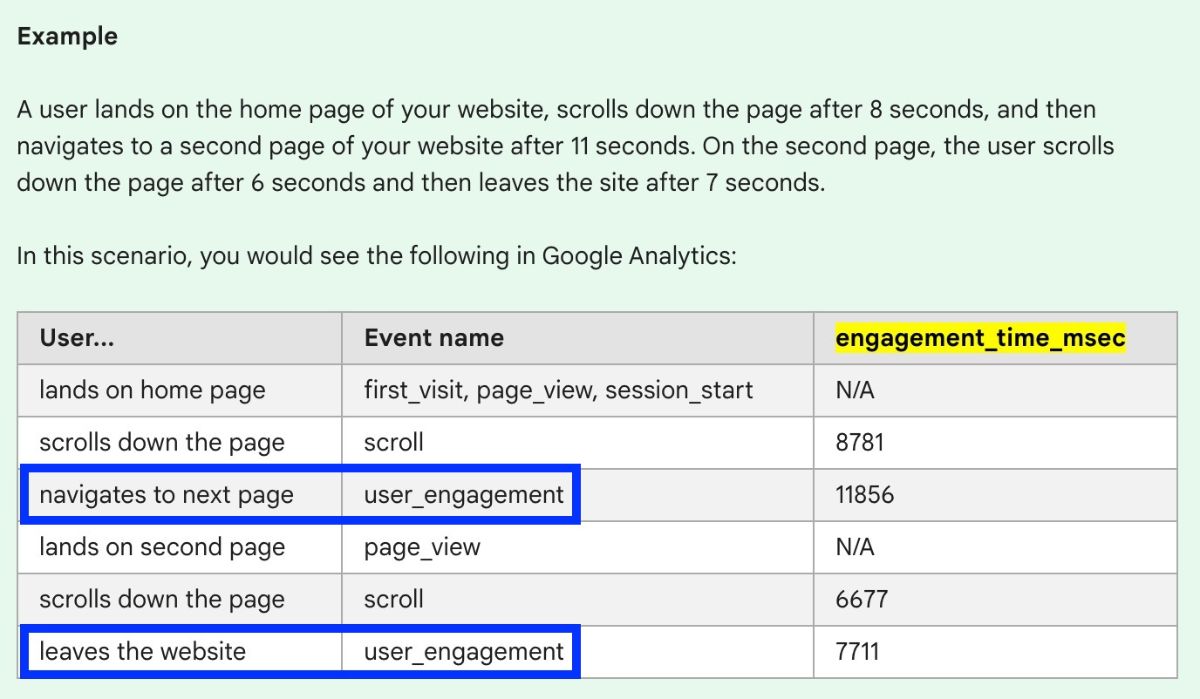
In the ever-evolving world of digital marketing, understanding user behavior is no longer a luxury—it’s a necessity. As businesses strive to optimize their online presence, tools like Google Analytics 4 (GA4) have become essential for tracking how users interact with websites. Among the most valuable features of GA4 is event tracking, which allows you to monitor specific actions such as clicks on Call-to-Action (CTA) buttons and file downloads. This article will guide you through the process of effectively using event tracking for CTAs and downloads, helping you turn raw data into actionable insights.
What Is Event Tracking and Why It Matters
Event tracking in GA4 is a powerful way to measure user interactions beyond traditional pageviews. Unlike Universal Analytics, where events were limited to predefined categories, GA4 offers greater flexibility by allowing you to track any action, from scrolling down a page to clicking a button or downloading a file.
For marketers, this means you can now get a more accurate picture of how users engage with your website. For example, tracking CTA clicks helps you understand which buttons are most effective at driving conversions, while tracking file downloads reveals what content resonates with your audience.
This level of detail is especially important in 2025, as search engines and AI-driven systems increasingly prioritize user experience and engagement metrics. By leveraging event tracking, you’re not just collecting data—you’re gaining a competitive edge.
How Event Tracking Impacts SEO Performance
While event tracking itself isn’t a direct ranking factor, it plays a crucial role in improving user engagement metrics, which are known to influence search rankings. Here’s how:
- Dwell Time: If users spend more time on your site because they’re interacting with CTAs or downloading valuable content, it signals to search engines that your content is useful.
- Bounce Rate: Tracking CTAs and downloads can help reduce bounce rates by keeping users engaged longer.
- Conversion Rates: Understanding which CTAs drive the most conversions allows you to refine your content strategy, leading to better overall performance.
Moreover, search intent alignment becomes easier when you know exactly what users are looking for. For instance, if a high number of users download an eBook, it might indicate a strong demand for educational content, prompting you to create more similar resources.
Step-by-Step Implementation Framework
1. Define or Audit the Current Situation
Before implementing event tracking, take stock of your current setup. Identify the CTAs and downloadable files you want to track. Consider the following questions:
– Which CTAs are currently driving the most traffic?
– Are there specific file types (e.g., PDFs, whitepapers) that are underperforming?
Use GA4’s Events report to see what’s already being tracked and identify gaps.
2. Apply Tools, Methods, or Tactics
Tracking CTAs
To track CTA clicks, use Google Tag Manager (GTM) to set up custom event triggers. Here’s a quick workflow:
– Enable Click Variables in GTM.
– Create a trigger for All Elements and filter based on Click Classes or Click Text.
– Set up a GA4 Event Tag with parameters like cta_text or cta_location.
Tracking Downloads
For file downloads, you have two options:
– Enhanced Measurement: Automatically tracks common file types (e.g., .pdf, .docx) but has limitations.
– Custom Setup via GTM: Offers more control and allows you to track custom file types. You’ll need to:
– Create a variable to extract the file name from the URL.
– Set up a Link Click Trigger for specific file extensions.
– Test in Preview Mode and publish.
3. Measure, Analyze, and Optimize
Once your events are set up, use GA4’s Explorations to analyze your data. Look for patterns such as:
– Which CTAs have the highest click-through rates.
– Which pages lead to the most downloads.
– How user behavior differs across devices or regions.
Use this data to make informed decisions. For example, if a particular CTA has low engagement, consider changing its placement or messaging.
Real or Hypothetical Case Study
Let’s say a SaaS company wants to improve its free trial sign-up rate. They track the “Request Free Trial” CTA using GA4 and find that only 8% of users click it. After analyzing the data, they discover that the CTA is placed too low on the page.
They move the CTA to the top of the landing page and rebrand it to “Start Your Free Trial Now.” Within a month, the click-through rate increases to 15%, and the conversion rate improves by 20%. This simple change, powered by event tracking, leads to a significant boost in leads.
Tools and Techniques for Event Tracking
Here are some of the best tools to help you implement and manage event tracking:
- Google Tag Manager (GTM) – Ideal for setting up custom events and managing tags without coding.
- Google Analytics 4 (GA4) – The primary tool for tracking and analyzing events.
- Plausible Analytics – A privacy-friendly alternative that simplifies tracking of file downloads and other user actions.
- Hotjar – Great for visualizing user behavior through heatmaps and session recordings.
- Ahrefs or SEMrush – Useful for analyzing keyword performance and aligning content with user intent.
Each of these tools can be integrated with GA4 to provide a more comprehensive view of user behavior.
Future Trends and AI Implications
As AI continues to shape the future of SEO, event tracking will become even more critical. With advancements in voice search and multimodal interactions, understanding user intent through event data will help you stay ahead of the curve.
AI-powered tools like Google’s Search Generative Experience (SGE) will likely rely on rich user interaction data to deliver more personalized results. By proactively tracking CTAs and downloads, you’ll be well-positioned to adapt to these changes and maintain a competitive advantage.
Key Takeaways
- Event tracking in GA4 provides deep insights into user behavior, helping you optimize CTAs and downloads.
- CTA tracking reveals which buttons drive the most conversions, while download tracking shows what content resonates with your audience.
- Use Google Tag Manager to set up custom events and ensure accuracy.
- Analyze your data regularly to make data-driven improvements.
- Stay ahead of AI trends by leveraging event tracking to enhance user experience.
By mastering event tracking, you’re not just measuring user actions—you’re shaping the future of your digital strategy.
Meta Title: How to Use Event Tracking for CTAs & Downloads: A Complete Guide
Meta Description: Learn how to track CTAs and downloads using GA4, improve user engagement, and boost conversions with this step-by-step guide.
SEO Tags (5): event tracking, CTA optimization, GA4 analytics, file download tracking, user engagement
Internal Link Suggestions: Parameter #12: Custom Event Tracking in GA4, Parameter #15: Tracking Button Clicks in GA4
External Source Suggestions: https://support.google.com/analytics/, https://plausible.io/











